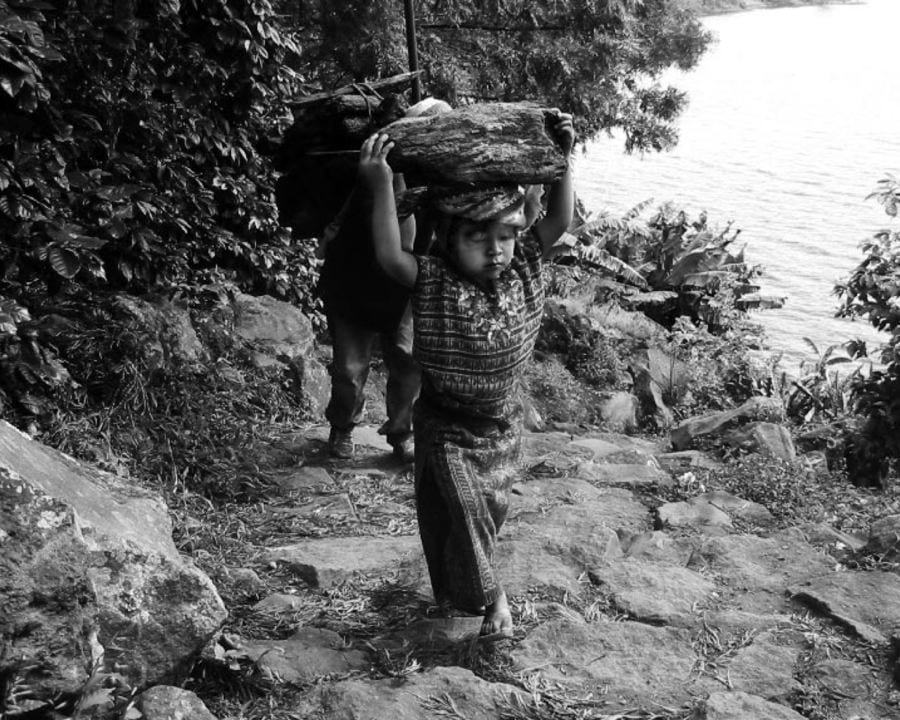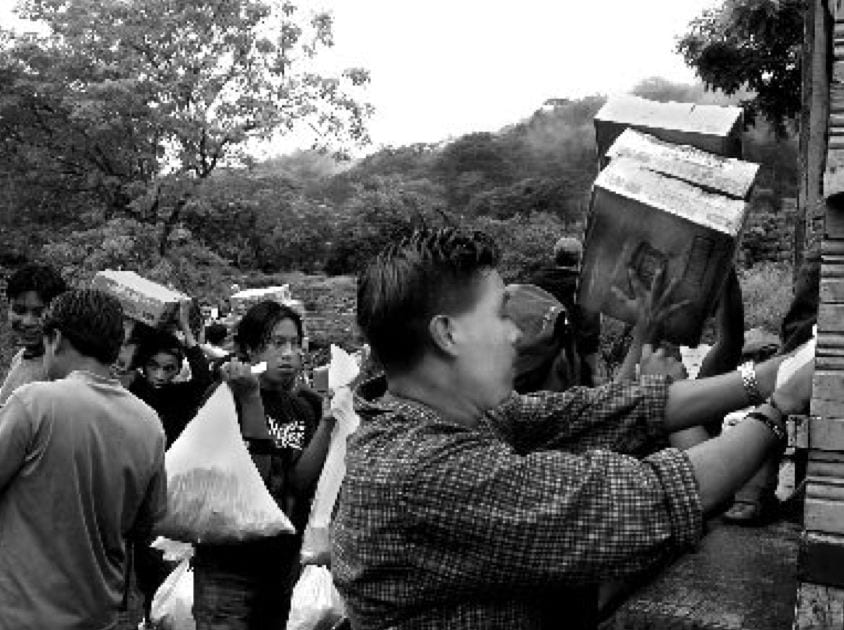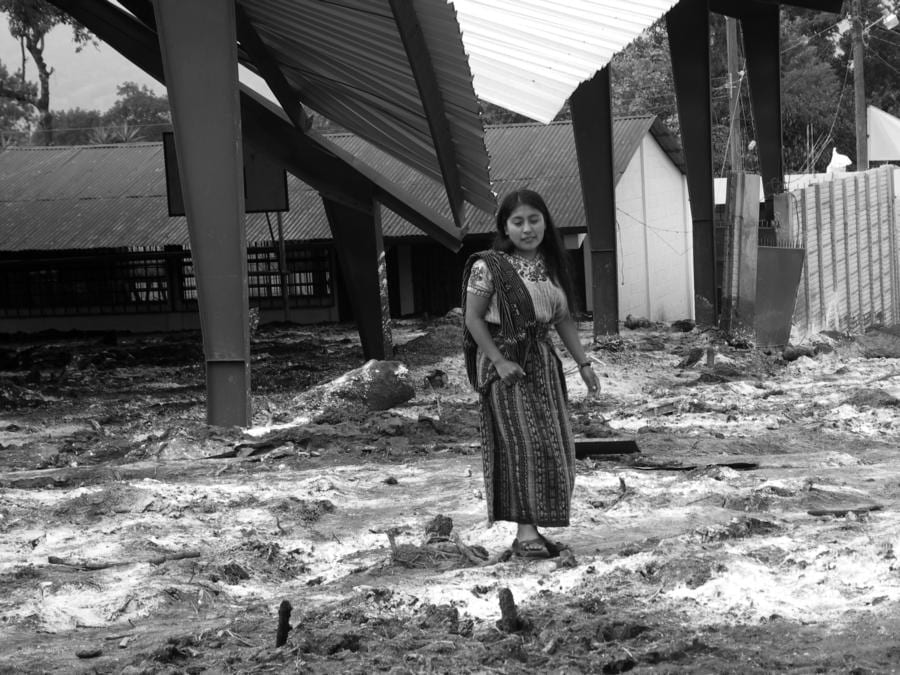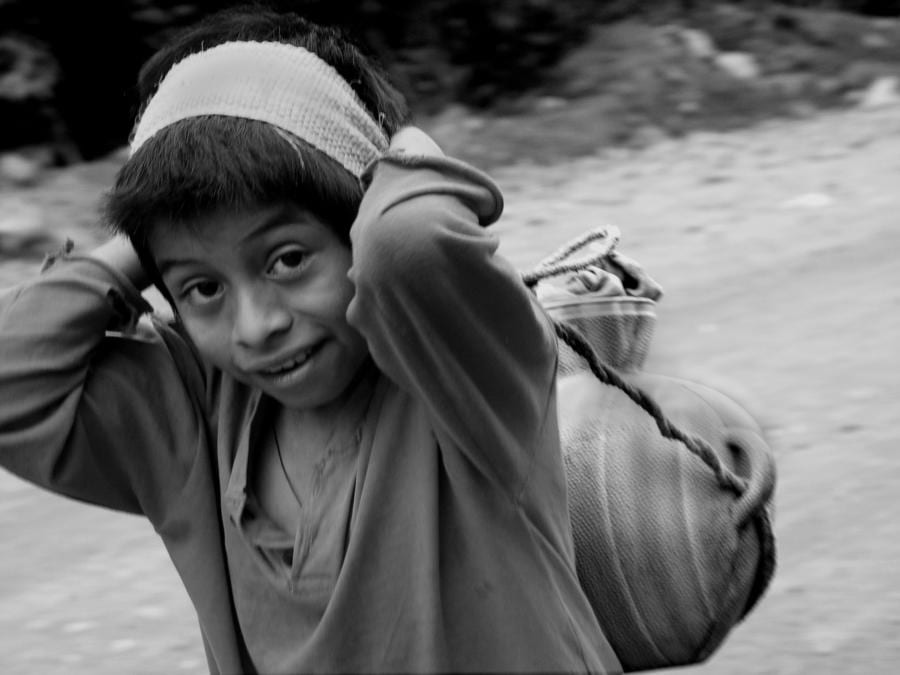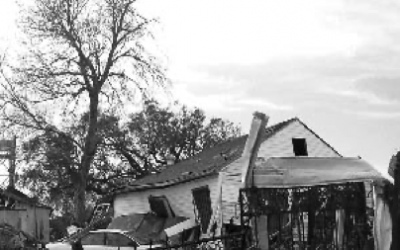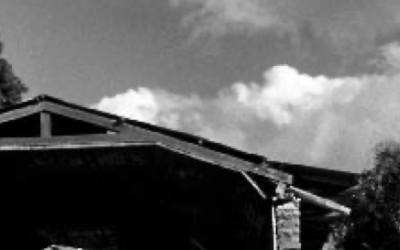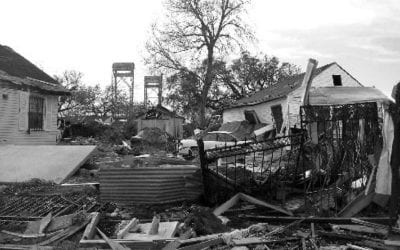Photoessay: Gender and Disaster
A Guatemalan Landslide through the Eyes of Boys and Girls
On October 5, 2005 Hurricane Stan ripped into Guatemala, causing several tons of mud to slide off the mountainsides burying an estimated 700 people. What was once an up and coming barrio of Santiago Atitlán, Panabaj, is now a barren wasteland.
Fundación de Niños Artistas/Fotokids has been working in Santiago with Tz’utujil young people since 1997. With the help of Bridges Development, high school age students created a digital video using their own photos and interviews.
Because of the girls’ reluctance to fully participate when the boys are involved, we divided them by gender. The two groups went out to take photos for their videos.
Although both videos used a personal narrative and occasionally used some of the same images, the results of the 3-minute movies were decidedly different in their focus and tone.
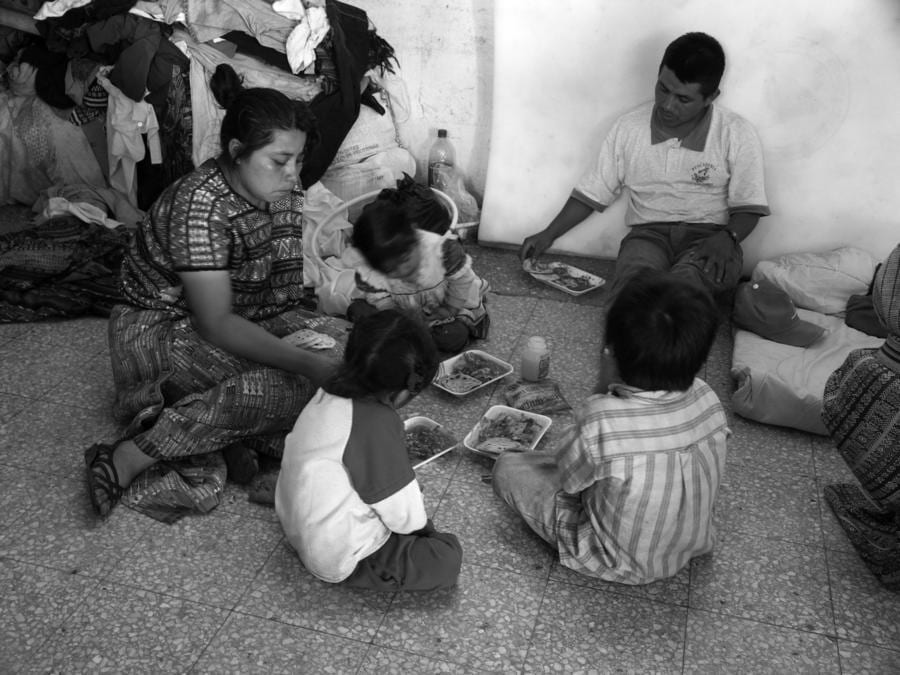
Some 6,000 people were in the temporary shelters including my sister and her family who lost everything (Berta García).
The boys’ movie, called My Sentiments, was highly emotional and spoke of the devastation, suffering, danger and the isolation of the survivors. As all communication had been cut off for those students going to school in Guatemala City, they were left agoniz- ing over the fate of their loved ones. One boy took buses, hitch- hiked rides, and walked for six hours in the pelting rain to arrive home and find his own house intact, while the neighbors on either side were buried up to their roofs in mud. Many of the photos documented his journey and the video went on to highlight the communities’ cooperative efforts; the dispensing of aid, the burial of bodies, the feeding of the homeless and the housing of survivors in shelters. The movie in Spanish with English subtitles ended with the hope that the disaster would ultimately unite the village to fight the problems of poverty and youth gangs, and maintain the spirit of working together without regard to race, religion or social standing. The video finished by saying with faith and hope and through the survivor’s combined solidarity efforts “anything was possible.”
The girls’ video, Viva Santiago, took a much more pragmatic tone following a first person account of the mudslide. This has happened—now what can we do about it? Although they also focused on the hardships, shelters and homes destroyed, they primarily worried what the disaster would mean to the many children who would have to go to work to help their families economically. For these children. there would be little hope of going to school. The video—in their native language Tz’utujil, with English subtitles—concludes that poverty is best fought by education. Their interviews include one with the first indigenous councilwoman, who suggests they talk with younger children about their experience of having had the opportunity to study and what it has done for them. She encourages them to take the lead. The girls’ movie ends with a promise that they will work with the small children but notes that the school needs repair and makes a plea for school funding.
- Berta stands in the flood path of what was once the school in panabajj (Marta López).
- The fear is that many children won’t be able to go to school and will have to work instead (Jessica Aguilar).
Winter 2007, Volume VI, Number 2
Nancy McGirr is Founder and Executive Director of Fundación de Niños Artistas de Guatemala/Fotokids <www.fotokids.org>
Related Articles
On Hurricanes: My Favorite Metaphor
The hurricane is my favorite metaphor for the study of both Cuba and political science. Living through hurricanes as a little boy predisposed me to study both. Hurricanes combine certainty…
The Winds of Justice
n the wake of Hurricane Katrina, Arsalan Suleman, a third-year Harvard Law School student from Kenner,Louisiana, was one of the 240 students from 57 law schools who traveled to…
Hurricane Katrina and the Re-Latinization of New Orleans
One of the things that was most immediately obvious to those of us working in relief shelters in the aftermath of Hurricane Katrina was the relative absence of the color brown. Race relations in…

